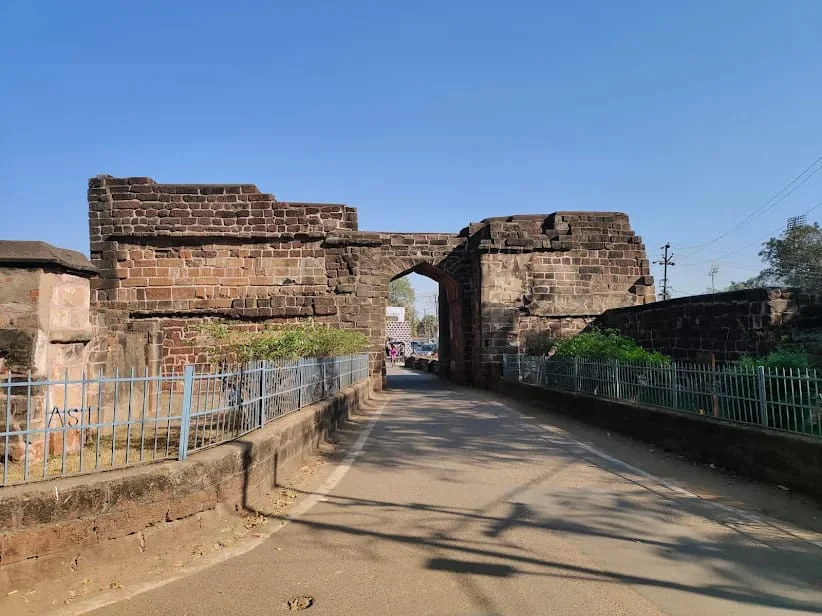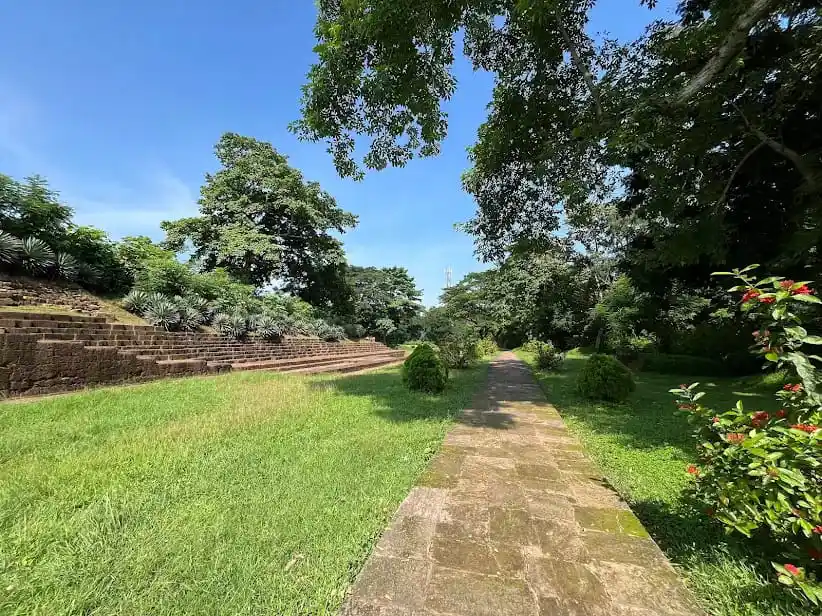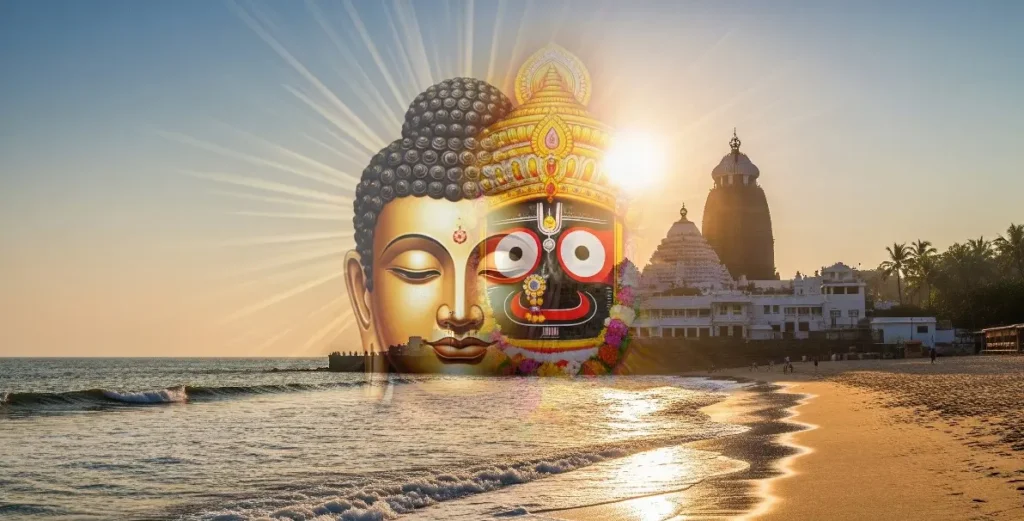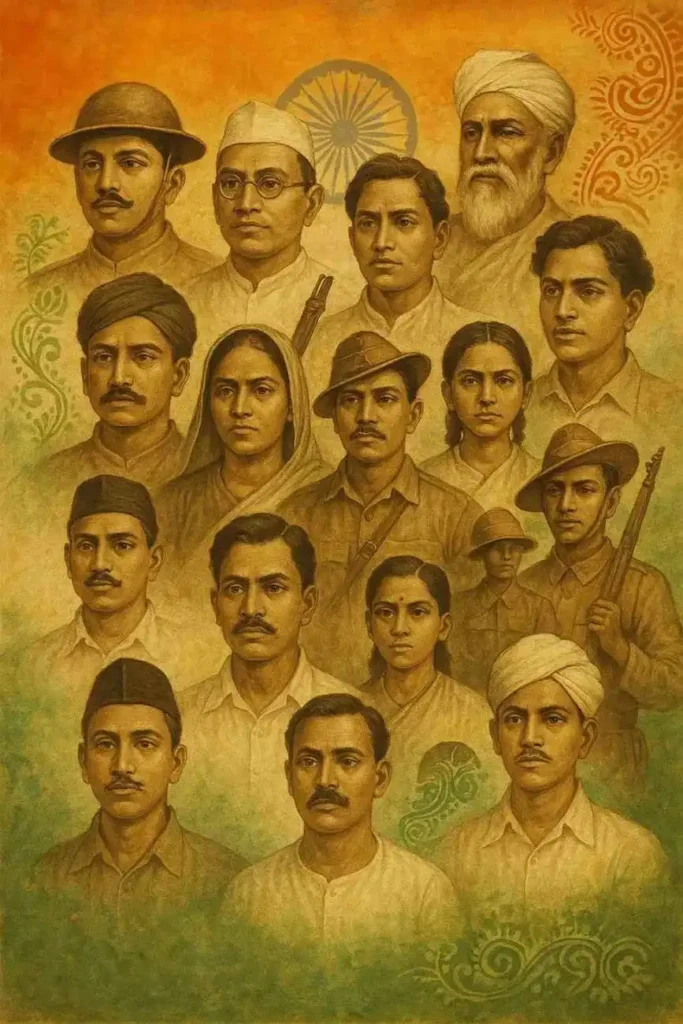
Table of Contents
Barabati Fort Cuttack — What Makes It So Fascinating?
A Quick Background: Who Built Barabati Fort?
King Mukunda Deva, the last independent Hindu ruler of Odisha, constructed Barabati Fort in 1560 AD in Cuttack. Notably, the fort was not just a defensive structure; moreover, it served as a symbol of the king’s military and administrative strength.
Interestingly, it is often likened to the Windsor Castle of Odisha, owing to its grandeur and the architectural complexity of the palace believed to have stood within its walls.What’s the Real Mystery? Nine Storeys or Nine Courts?
- Was it really a vertical nine-storey structure?
- Or was it a complex of nine horizontally laid courts?
- Could it have been nine concentric circular courts, each higher than the last?
The Most Credible Account: Abul Fazl’s Eyewitness Story
- Ground Floor: Stables for elephants, camels, and horses
- 2nd Floor: Artillery and guard quarters
- 3rd Floor: Porters and gatekeepers
- 4th Floor: Workshops for artisans
- 5th Floor: Royal kitchens
- 6th Floor: Public audience chambers
- 7th Floor: King’s private business rooms
- 8th Floor: Women’s quarters
- 9th Floor: King’s sleeping chambers
What Do Other Witnesses Say?
William Bruton & Ralph Cartwright (1633)
- Interestingly, he described the fort as a castle of “grey granite with nine lofty courts.”
- Moreover, he called it magnificent and mentioned being led through a labyrinth of buildings to reach the King’s durbar.
Thomas Motte (1766)
Andrew Stirling (1818)
Why Do Some Scholars Disagree?
Misinterpretation of the word Ashiana
- Firstly, a layer
- Secondly, a residence
- Thirdly, even just a “hut”
Architectural Possibility — Could It Have Been Built?
Indeed, Odia architects of the time built multi-storey temples with intricate detail — the Sun Temple of Konark perfectly demonstrates their skill.
Moreover, the Archaeological Survey of India excavated the palace’s foundation and revealed a deep, strong base that could support a high-rise structure.
Additionally, building compactly within a fort for strategic defense followed the medieval construction logic, especially during times of military threat.
People Also Ask
1. Where is Barabati Fort located?
2. Who built Barabati Fort in Cuttack?
3. Was there really a nine-storey palace inside Barabati Fort?
4. Why is Barabati Fort compared to Windsor Castle?
5. What remains of Barabati Fort today?
Final Thoughts: A Glimpse Into Odisha's Glorious Past
Whether it was a single towering palace or nine interlinked courts, Barabati Fort embodies the richness of Odisha’s history. It reflects a time when architecture, defense, and aesthetics were woven seamlessly.
Today, visiting Barabati Fort Cuttack may not offer a view of the mythical nine-storey palace. Nevertheless, its aura still whispers tales of Barabati Durga, the bravery of Mukunda Deva, and the grandeur of Odisha’s medieval legacy.Planning a Trip? Here’s What You Can Do!

- To begin with, visit the Fort Complex in Cuttack for a scenic and historical retreat.
- Next, explore the nearby Barabati Stadium, a hub for cricket lovers.
- Finally, dive into local Cuttack cuisine and street shopping.


